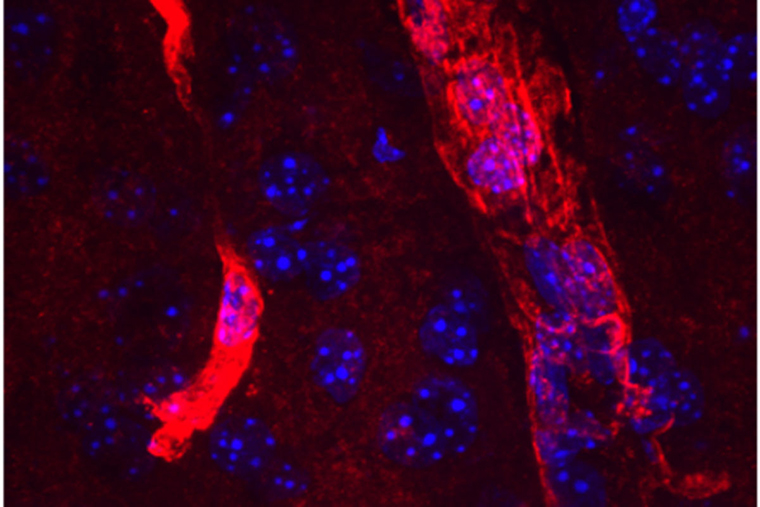ミツバチの生物多様性をモニタリングすることは、受粉媒介者の保護に役立つと研究者たちは述べています。 Researchers say monitoring bee biodiversity can help in conserving pollinators
2022-08-29 ペンシルベニア州立大学(PennState)
研究チームは、2014年から2019年までの期間を対象に、個々の年および年ごとのハチコミュニティの生物多様性の変化と特定種の存在量の変化の特徴を明らかにすることに着手した。この研究は、アダムス郡のビグラビル近郊にあるペンシルベニア州立大学フルーツ研究・拡張センターとその周辺で行われた。
その結果、生物多様性のすべての指標において、季節による変化を強く示す証拠が見つかり、ハチのコミュニティーはほぼ毎月全く異なることが分かった。
また、月別に3つのパターンが確認された。ある種の単独種は、その年の早い時期に出現し、活動期間が短かった。他の単独行動種も地上営巣で、春より夏に活動期間が短い。第3のグループは、社会性種がほとんどで、季節的な活動期間がかなり長い。
生物多様性の経年変化の証拠も強いと、研究者達は指摘しています。例えば、捕獲されたミツバチの平均生息数は48%減少し、検出された種の数は41%減少した。
種レベルでは、モニタリングにより、26種は時間とともに安定し、存在量に検出可能な変化はないことが示唆された。約3分の1に当たる13種は、2014年から2019年にかけて生息数が減少した。減少した種の多くは、マルハナバチとスウェットビーだった。一方、調査期間中に生息数が増加したのは1種のみだった。
6年間にわたる野生のミツバチのモニタリングにより、年内および年またぎの生物多様性の変化と生息数の減少が確認された Six years of wild bee monitoring shows changes in biodiversity within and across years and declines in abundance
Nash E. Turley,David J. Biddinger,Neelendra K. Joshi,Margarita M. López-Uribe
Ecology and Evolution Published: 12 August 2022
DOI:https://doi.org/10.1002/ece3.9190

Abstract
Wild bees form diverse communities that pollinate plants in both native and agricultural ecosystems making them both ecologically and economically important. The growing evidence of bee declines has sparked increased interest in monitoring bee community and population dynamics using standardized methods. Here, we studied the dynamics of bee biodiversity within and across years by monitoring wild bees adjacent to four apple orchard locations in Southern Pennsylvania, USA. We collected bees using passive Blue Vane traps continuously from April to October for 6 years (2014–2019) amassing over 26,000 bees representing 144 species. We quantified total abundance, richness, diversity, composition, and phylogenetic structure. There were large seasonal changes in all measures of biodiversity with month explaining an average of 72% of the variation in our models. Changes over time were less dramatic with years explaining an average of 44% of the variation in biodiversity metrics. We found declines in all measures of biodiversity especially in the last 3 years, though additional years of sampling are needed to say if changes over time are part of a larger trend. Analyses of population dynamics over time for the 40 most abundant species indicate that about one third of species showed at least some evidence for declines in abundance. Bee family explained variation in species-level seasonal patterns but we found no consistent family-level patterns in declines, though bumble bees and sweat bees were groups that declined the most. Overall, our results show that season-wide standardized sampling across multiple years can reveal nuanced patterns in bee biodiversity, phenological patterns of bees, and population trends over time of many co-occurring species. These datasets could be used to quantify the relative effects that different aspects of environmental change have on bee communities and to help identify species of conservation concern.


